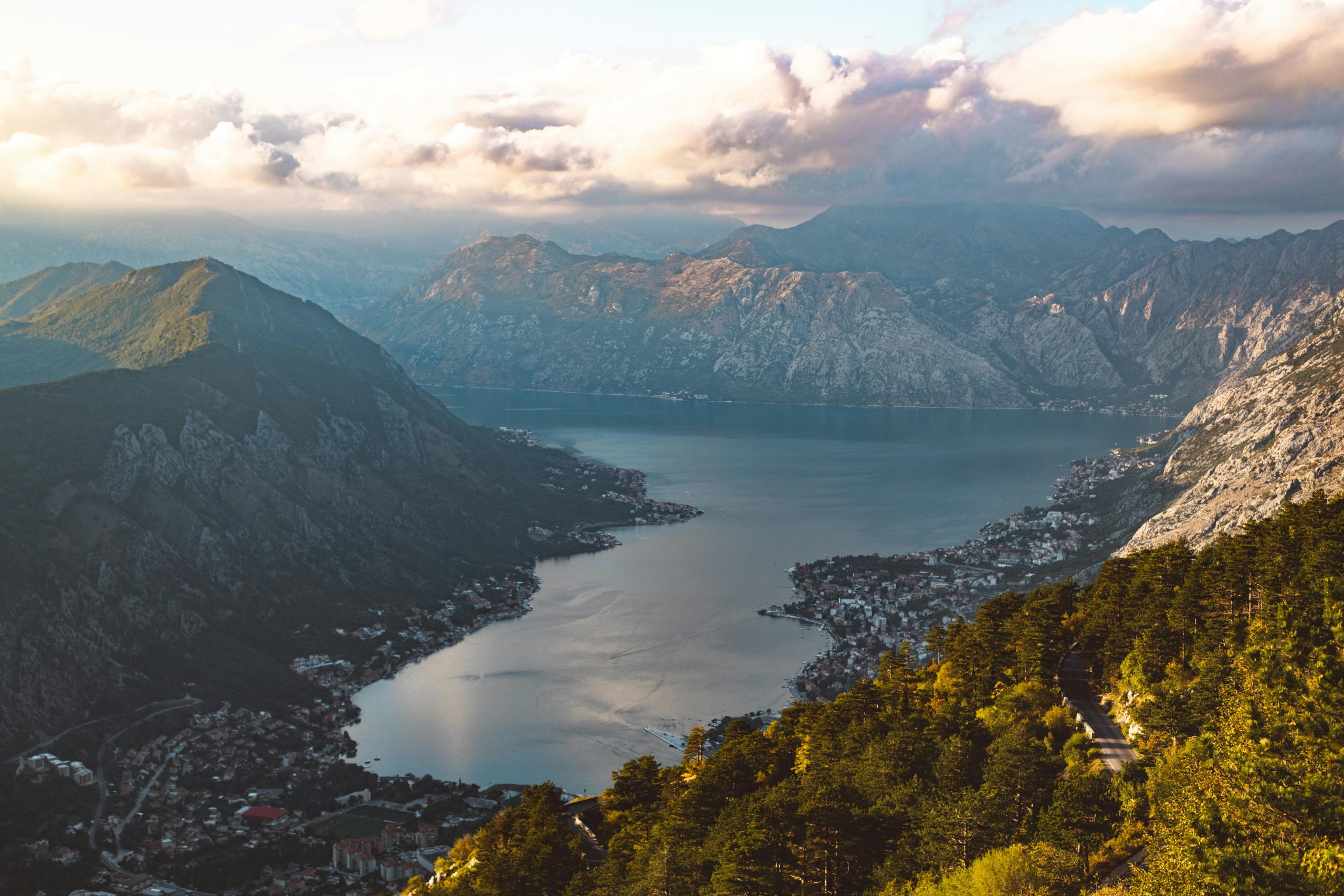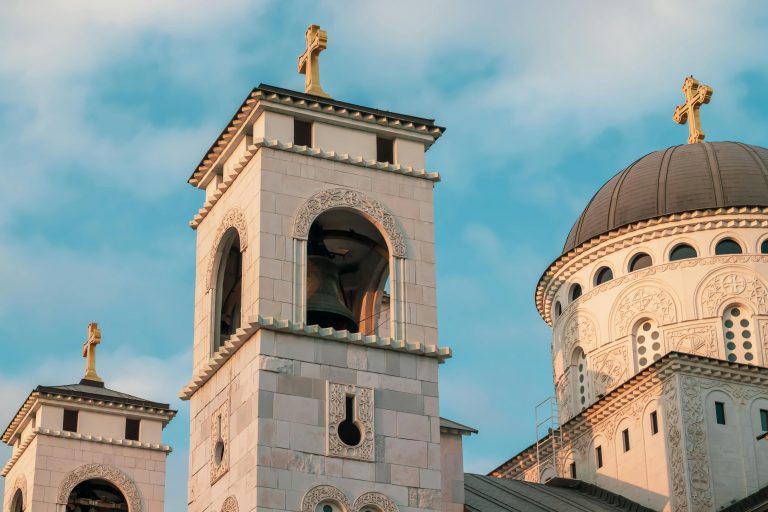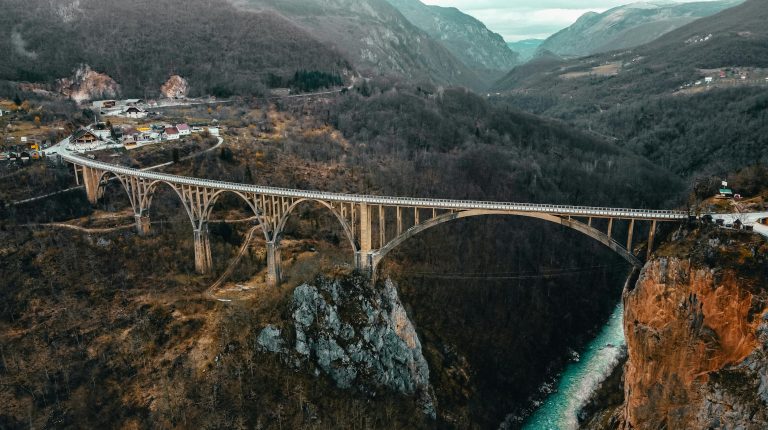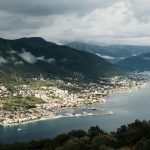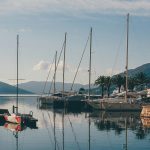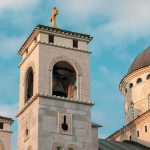Planning a trip to Montenegro? This small Balkan gem offers everything from ancient coastal towns and dramatic mountain ranges to crystal-clear lakes and vibrant cultural traditions. Whether you’re visiting for the first time or returning to explore more, Montenegro delivers a diverse travel experience that combines natural beauty, warm hospitality, and a rich historical backdrop—all in one compact, easy-to-navigate destination.
Where Is Montenegro, and Why Is It Trending?
Montenegro is located in Southeastern Europe along the Adriatic Sea, sharing borders with Croatia, Bosnia and Herzegovina, Serbia, Kosovo, and Albania. Despite its modest size, it boasts a stunning variety of terrain—beaches, mountains, lakes, and UNESCO-listed towns.
You’ll discover a unique blend of East and West here, with Roman ruins, Ottoman mosques, and Venetian architecture all coexisting within walking distance in many towns.
A Glimpse Into Montenegro’s History
Montenegro’s name means “Black Mountain,” a reference to its rugged terrain. Over the centuries, it has been shaped by Roman, Byzantine, Ottoman, and Yugoslav influences. Montenegro became an independent country in 2006, after the peaceful separation from the State Union of Serbia and Montenegro.
Montenegro and the European Union
Montenegro is a candidate country for EU membership. It has adopted the euro and continues to align its policies and infrastructure with European standards. This means a safe, stable environment and growing international investment in tourism and development.
What to Expect When Visiting Montenegro
Coastal Escapes
Montenegro’s coast offers everything from luxury resorts to quiet, historic towns. Kotor and Perast bring medieval charm, while Budva caters to nightlife seekers. Ulcinj offers long sandy beaches with a more Albanian cultural vibe. The Adriatic coastline is known for its clear turquoise waters, ideal for swimming, sailing, and beach hopping.
Mountain Adventures
Inland Montenegro is a haven for nature lovers. Visit Durmitor National Park for hiking and rafting, or the Tara River Canyon for some of Europe’s best white-water rapids. The mountainous north is ideal for skiing in winter and scenic escapes year-round. Lake Skadar, straddling the Albanian border, is perfect for birdwatching and kayaking.
Cultural and Historic Sites
Montenegro’s cultural identity is best explored through its monasteries, museums, and old towns. Don’t miss Ostrog Monastery, carved into a cliff face, or Cetinje, the old royal capital packed with heritage. Old towns like Herceg Novi and Bar offer a mix of architecture, local traditions, and historical landmarks.
Getting to and Around Montenegro
Airports
There are two international airports: Podgorica (central/eastern Montenegro) and Tivat (coastal). Seasonal flights from across Europe make access easy, particularly in the summer.
Transport Options
Renting a car offers the most flexibility for exploring Montenegro’s diverse terrain. Public buses are affordable and connect all major cities, though rural areas may require private transport. Taxis and transfers are also commonly used for airport travel and day trips.
Quick Travel Tips
- Language: Montenegrin (English is widely spoken in tourist areas)
- Currency: Euro (€)
- Time Zone: Central European Time (CET)
- Plugs: European standard (Type C & F, 230V)
- Safety: Generally very safe for tourists
When to Visit Montenegro
- Spring (April–June): Mild weather, great for hiking and sightseeing
- Summer (July–August): Peak beach season with festivals and warm waters
- Autumn (September–October): Fewer crowds, pleasant weather, and colorful landscapes
- Winter (December–February): Ideal for skiing and mountain escapes
Food and Drink Overview
Montenegro’s cuisine is a mix of Mediterranean freshness and Balkan heartiness. Expect grilled meats, fresh seafood, handmade cheeses, and daily-baked breads. Local wines and strong fruit brandies like rakija are widely enjoyed, and many dishes vary by region.
For deeper dives, check your site’s dedicated guides on Montenegrin food, restaurants, and drinks for detailed descriptions of local delicacies.
Final Thoughts: Why Travel to Montenegro?
Montenegro’s mix of natural beauty, welcoming locals, and cultural depth make it an unforgettable European destination. Whether you’re kayaking through fjord-like bays, enjoying mountain air in the north, or sipping wine at a coastal café, Montenegro offers a sense of exploration and authenticity that’s hard to match.
Start planning now—Montenegro is a destination best explored before the rest of the world catches on.
